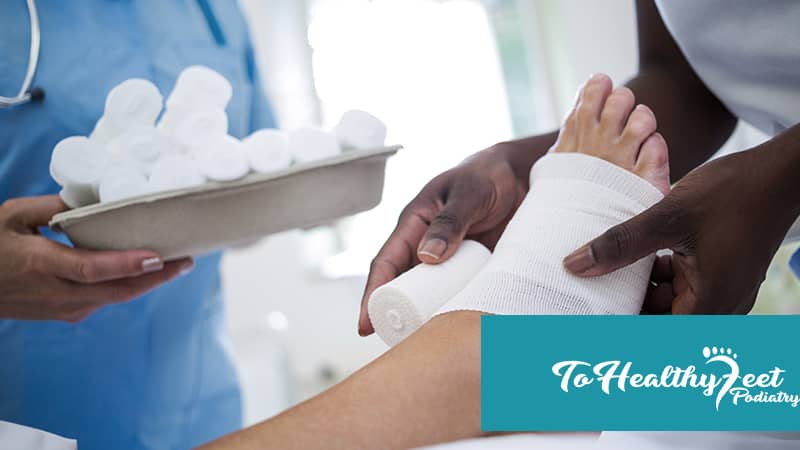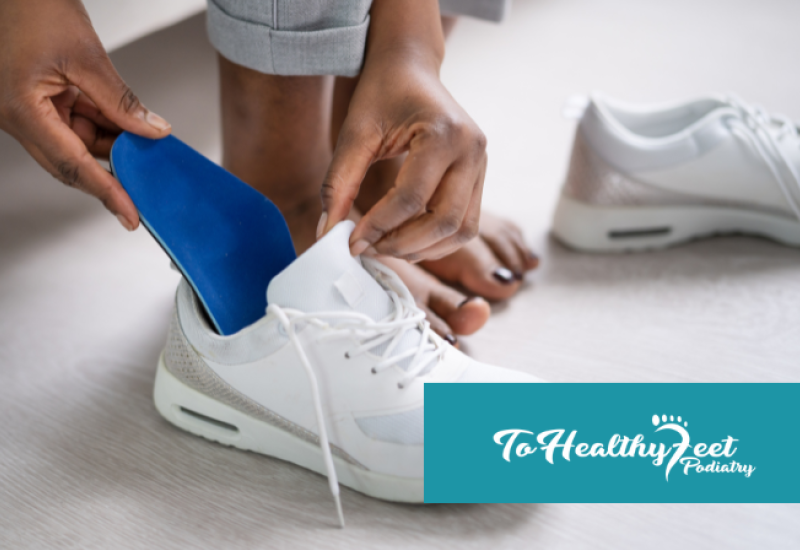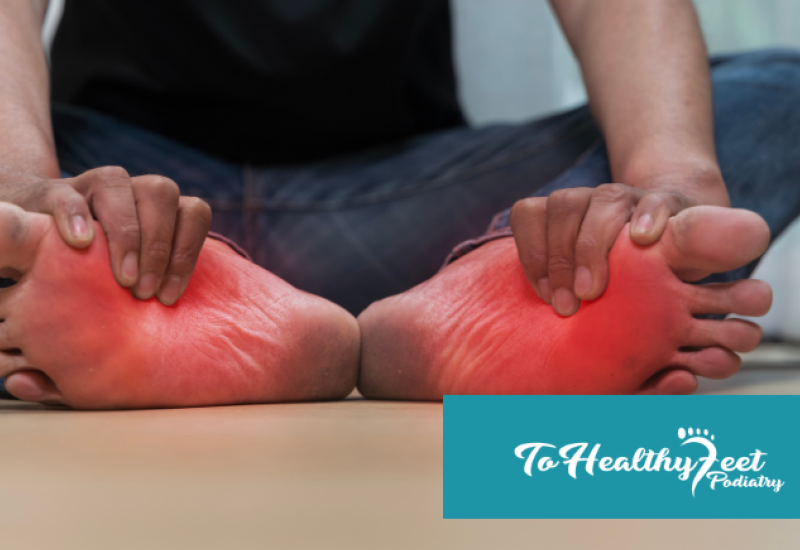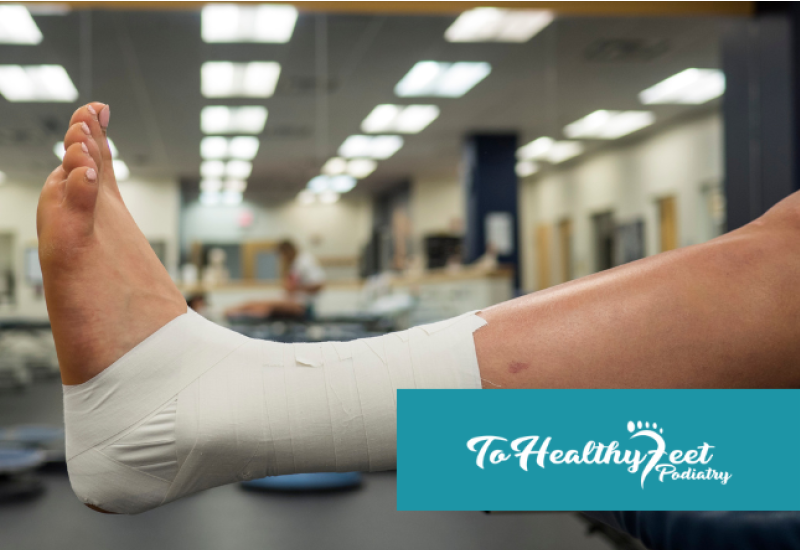Plantar Fasciitis Microsurgeries
What Is Microsurgery?
Microsurgery uses miniaturized surgical tools and a microscope to perform surgery on small and delicate areas. Because of the small tool size and often the small size of the area that needs treating, microsurgery is minimally invasive and recovery times are often shorter than with traditional surgery. Microsurgery can be used to treat plantar fasciitis by breaking up scar tissue, facilitating blood flow, generating healing, and relieving pain. Sometimes the plantar fascia ligament needs to be cut to release tension and reduce swelling, but sometimes it needs a simpler surgery to aid in natural healing. The type of microsurgery you need will depend on the condition of your plantar fasciitis.
Forms Of Microsurgery
- Tenex. This microsurgery uses ultrasonic waves to break up and remove any diseased tissue, scar tissue, or calcification from the plantar ligament. Tenex uses a small ultrasonic guided wand that is inserted into the fascia. This wand removes any damaged fascia without harming the healthy tissues of the fascia. This minimally invasive treatment option can be performed in-office and will use localized anesthesia at the area of insertion. Mild sedation can also be offered to help the patient stay relaxed during the procedure.
- Topaz. This form of Coblation Therapy is used to help heal micro-tears in the plantar fascia. Radiofrequency waves are administered to the fascia through a wand-like needle that is inserted into the plantar fascia ligament. This treatment helps to increase blood flow and encourages the repair of damaged tissue. This in-clinic procedure only takes about half an hour and does not require stitches.
- Endoscopic Plantar Fasciotomy. Also known as EPF, this microsurgery requires one or two small incisions (less than half an inch) to be made at the base of the plantar fascia near the heel. A small camera is then inserted into these incisions and used as a guide as the tightest part of the fascia is cut. After EPF is performed, two sutures will then be made to close the incision. These will need to be removed in-office about 10 days after EPF has been performed. Local anesthesia will be administered, as well as a mild sedative.
Foot Surgery In Manhattan
Don’t live with the pain of plantar fasciitis. Minimally invasive foot surgeries can offer quick results with little healing time and greatly improve your ability to walk without pain. At To Healthy Feet Podiatry in Manhattan, our New York podiatrists are highly experienced in diagnosing and treating plantar fasciitis and we offer in-clinic microsurgery. We offer a variety of plantar fasciitis treatments that can be used in conjunction with foot surgery. By combining treatments and determining which treatments are appropriate for each individual, we can facilitate healing and relieve pain. To get back to pain-free living, call the Manhattan podiatrists at To Healthy Feet Podiatry at 1-917-398-3668 or fill out the contact form to book your appointment at our Upper East Side, Downtown, Times Square, or Midtown locations today.
FAQ
Q: Why does my foot hurt more in the morning?
A: When your foot is in a relaxed position while you sleep, it causes the plantar fascia to contract. When you take the first steps of the day this tissue will stretch out and cause the pain you feel.
Q: Can I treat plantar fasciitis by myself?
A: It is best to go see a podiatrist, even if you think your case is minor. You can, however, do multiple things to reduce heel pain. These measures include wearing more supportive shoes, stretching your arches, and frequently applying ice to the affected area.
Q: How long does it take to heal from plantar fasciitis microsurgery?
A: For Tenex, Topaz Coblation Therapy, or EPF, there will be a 1 week recovery period that will require a walking boot. After this, normal activity can resume.




